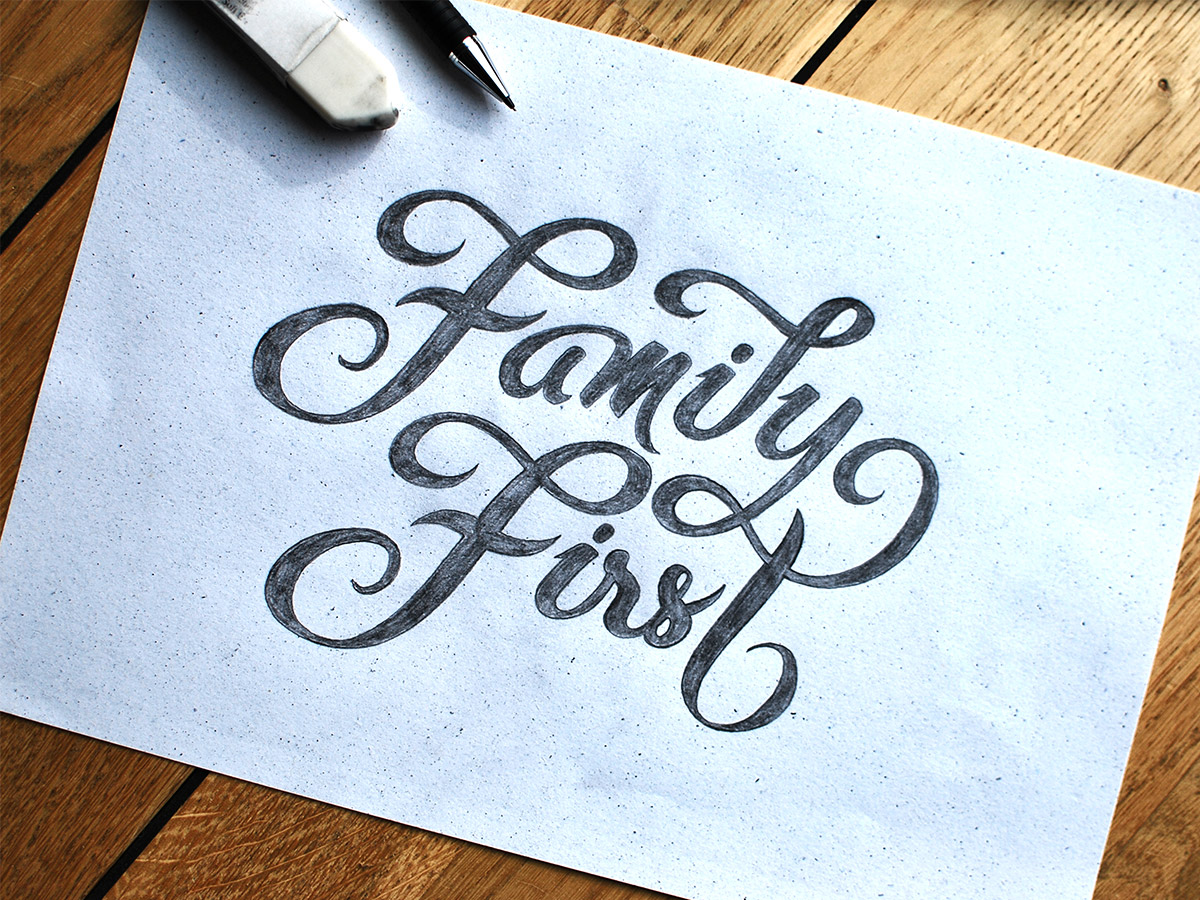
TEMPER TANTRUMS
Sonya, 23 years old, has just come back from her college, where she is pursuing post-graduation in literature. She is in tears as she has broken off with her boyfriend Manan – the third in 2 months. He had been late by 10 minutes and Sonya had been extremely wild at him, blaming him for not caring for her and wanting to make her feel in need of him. It had been a blind infatuation that had soon given way to jealous scenes, recriminations and rejections. Before the surprised Manan could respond, Sonya had started to beat her head and shout creating a scene in front of the whole college. She then proceeded to vent her anger at Manan for 10 minutes before stomping away. Her parents are not at all surprised by this behavior, as this is a frequent event at home. She has often beaten herself for trivial reasons or if some demand is not fulfilled and even threatened suicide if she does not have her way. She feels isolated from her classmates and family members, has increased difficulty in concentrating, has frequent nightmares and suspicions. Her parents are tired of her mood swings and desperately seek a solution to stop her tantrums.
Sonya is a very impulsive girl. Her life is characterized by unstable, intense and stormy relationships. There is a very dramatic and sudden shift in the way she sees other people in her relationships with them. Sometimes they are very benevolent and at other times, they are cruelly punitive. This often leads her to feel disillusioned and abandoned by the other person. This is followed by frantic efforts to avoid the resultant loneliness and a flurry of impulsive activities, inappropriate anger, self-destructive behaviors and suicidal threats. These are designed to provoke protective responses. There is a lot of instability about her identity too. At one time she wants to go in for an arranged marriage as she sees herself as an excellent homemaker, taking care of children and being a dutiful wife to her husband; soon this gives way to wanting to fall in love with a person who is very supportive of her career and who does not wish that she spend her whole day at home. She drives her car recklessly and has often met with accidents. She has peculiar dietary habits also. One day she is stuffing herself with food believing that she is starved and undernourished and the other day she is avoiding food, popping medications to reduce weight. Her mood is generally very tense. There is a sense of anger, loneliness and emptiness. It is rarely relieved by periods of well-being or satisfaction. It is expressed through overt rageful outbursts, extreme bitterness, sarcasm and manipulative actions. She always blames such anger as provoked by others. Her family members have resorted to avoiding her when she is such a bad mood, but little seems to work.
What to do for Sonya?
Sonya’s life is in danger of severe dyscontrol. A self-destructive behavior or suicidal attempt can often go out of control or beyond the intended intensity and lead to life-long handicap or even death. Her parents may feel intense helplessness, as the demands of care and nurturance by Sonya are intense. The best way to help Sonya is to build a very caring and nurturing alliance in a relationship. She will tend to abuse the relationship in every possible manner, making unreasonable and impulsive demands, evoke feelings of anger in the person who attempts this, express hostility in the relationship but all these have to be tolerated. If this relationship is successful, then there will be a period of overt dependence and some level of consistency and reliability will come. It is difficult to sustain, as it requires years of supportive alliance before the impulsivity can be abolished. The job is to constantly reassure and stabilize her and not to get led by the self-destructive and provocative behaviors to evoke protective responses. The intolerance and confrontation of such behaviors has the potential of them being recognized as cruel and can lead to the experience of even this relationship as a failure and evoke even more anger in Sonya. If judiciously used, some confrontation techniques within the context of a very supportive and highly involved relationship can diminish the manipulative behavior. What is needed here is a commitment by a person who is ready to validate Sonya’s view of mistreatment and her resultant anger but not the destructive expression of it. As far as the behavioral interventions are concerned, it is important not to take a decision based on the intensity of her emotions but on the consistency of them. Sonya can become so intensely focused on one demand that it may appear to be absolutely essential to her survival, fulfillment of such a demand may be only temporarily satisfying and would get replaced by another one which may appear equally important. Only a consistent limit setting will work in this structure. Regarding her impulsivity, there has to be a limit on the tolerance of impulsive behavior, any violation results in grounding. This, when done in a very supportive way, explained as for her benefit, will gradually show her the light that the provocative behavior has resulted in a protective response without affecting the other person. The most important of all interventions here is to take her seriously every time she has a self-destructive behavior, not get perturbed by it but to acknowledge her need for it as a method to seek attention.
It is very difficult to bring people like Sonya under an absolute control and one can never afford to relax in a good moment because trouble is always brewing around the corner. The best you can do is to put in consistency from your side and hope that as she grows, her age will mellow her down and make her more accepting. Nevertheless, these interventions have to be carried out even to make life easy till then.



